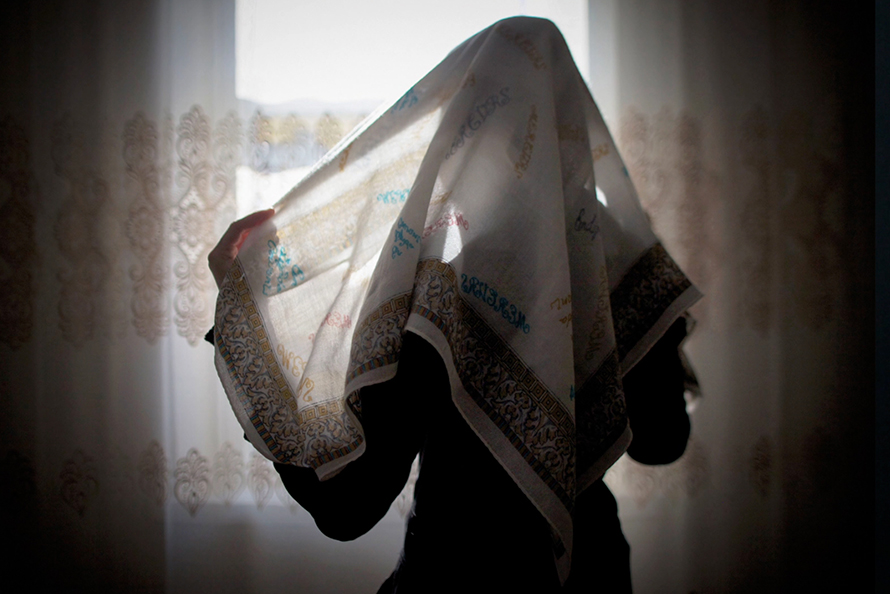Recently, I read a blog on war, propaganda and the media, that challenges the various ways in which war is misrepresented by both literary texts and films. One of the problematic representations highlighted in the blog was “dualism,” defined as “reducing the number of parties in a conflict into two when often, more are involved.” The other terms that caught my attention were “Manicheanism” (portraying one side as good and the other as evil) and “Armageddon” (presenting violence as inevitable and omitting other alternatives.) Reading through the blog, I kept thinking of the film “American Sniper” and how it challenges the common “dualistic” frames through which we often view war, and it does this mainly by blurring the lines between “good” and “evil.”
“American Sniper” relays the life of an American soldier, Chris, who volunteers to join the army after the bombing of the U.S embassies in Kenya and Tanzania by the Al Qaeda. After the 9/11 attacks, he is deployed to Iraq on four different tours where he is commended for recording the highest number of confirmed kills as a sniper, and he is referred to as the legend. Although the film does depict Chris as a hero, as is conventionally the case with most veterans, it reveals the various emotions that he goes through during the war and depicts the plight of the Iraqis in the war front, an important yet uncommon portrayal in media discourse. By showing his hesitation to kill, and showing the killing of innocent people in the course of “seeking justice” the film provokes us to think of our “frames of recognizability,” a concept that Judith Butler explores in her book “Frames of War.” Butler outlines the ways in which the representation of war and violence by the media conditions our recognition of which lives we consider “grievable.” The film, in light of this, subtly expands our frames of recognizability by disclosing the “vulnerability” of both the U.S soldiers and the Iraqis.
Having established the binary way in which the media represents war, (in this case the Iraq war,) by generally portraying the U.S as “good” and the Iraqis as “evil,” we are automatically conditioned to mourn the lives of U.S veterans lost in the war while unconsciously dismissing the lives of the Iraqi’s who died defending themselves. The film compels our responsiveness to the Iraqis by portraying them as individual human beings with emotion instead of a generalized “evil.” At the beginning of the film, on the first tour, the soldiers are in a deserted town and Chris is surveying the town radius. He catches sight of an Iraqi child with a woman who hands a hand grenade to the child, and the child quickly advances towards the U.S marine troops with the intention of bombing them. Chris is forced to kill the child and in the moments before he pulls the trigger, we can see his hesitation and those few seconds of anticipation appeal to the emotion of the viewer. “He is just a child,” is the phrase that probably echoes in most of the viewers’ minds. We, as viewers, end up mourning the loss of the Iraqi child’s life, and in this way, our recognizability is enhanced by seeing the vulnerability of the “other side” of the war, contrary to what popular media shows when portraying narratives of war.
This dualism is further depicted in a later scene when Chris is made Chief of one of the troops. After briefing his team, Chris is left alone with Marc Lee who is also a marine. Marc subtly raises his disagreement with what they were fighting for and confronts Chris about it. When Chris asks if he wants to “sit this one out” Marc’s response shows that he doesn’t believe what he is fighting for or against anymore:
Chris: You need to sit this one out?
Marc: I just wanna believe in what we’re doing–
Chris: Evil lives here, we’ve seen it.
Marc: It lives everywhere–
This scene invites us to think of what Butler calls “interpretation;” identifying people in the simple dichotomies of “we” and “them” which determines whose lives we think we are responsible for and which “relies on the apprehension of ready-made similitudes.” Although Marc is convinced that the “evil” they are fighting in Iraq is no more than any “evil” elsewhere, he still goes to fight since he has been pre-conditioned to think of Iraqi’s as evil and he does not feel responsible for them. “American Sniper” thus, in these simple words, challenges the whole idea of the Iraq war.
The film, by enhancing our responsiveness to the lives that we normally don’t consider grievable and by depicting the vulnerability of both the “good” and the “evil” sides, brings to question the idea of “Armageddon,” and the necessity of war. This could help us, as Butler theorizes, to rethink “global responsibility” in terms of whose lives we think are worthy of our protection, an idea that she predicts could help prevent arbitrary violence globally. The film depicts that by changing the narrative of war commonly shown by the media to encompass all sides of the war instead of the “evil” and the “good” side, we can recognize our “vulnerability” to each other and focus on making agreements to enhance peace rather than instigating war, as Butler contends.
 The Veil.
The Veil.